How to Experience Thrills with Vr Flight Games Through Immersive Simulation
Table of Contents
- The Evolution of VR Flight Games: A Leap into the Future of Simulation
- The Science Behind Immersive Simulation: How VR Creates Realistic Flight Experiences
- Top VR Flight Games to Experience Unmatched Thrills and Adventure
- Tips for Maximizing Your VR Flight Experience: Gear and Setup Essentials
- Combining Strategy and Skill: Mastering Control in VR Flight Simulations
- Community and Multiplayer Aspects: Engage with Other Aviation Enthusiasts in VR
- FAQS
- Conclusion
- Related Posts
In recent years, the immersive experience of VR flight games has transformed the gaming industry, captivating players with unparalleled realism and excitement. According to a report by the International Data Corporation, the global VR gaming market is projected to reach $12 billion by 2024, driven by advancements in technology and growing consumer interest. As users seek out adrenaline-pumping adventures from the comfort of their own homes, VR flight games have emerged as a leading choice. Companies like Guangzhou Longcheng Electronic Co., Ltd., VART VR, one of the earliest VR simulator manufacturers in China, are at the forefront of this revolution, offering cutting-edge simulations that cater to both casual gamers and aviation enthusiasts. With a sprawling facility of 8000 square meters and a dedicated team of over 60 staff, VART VR is committed to delivering one-stop solutions for VR and cinema projects, ensuring that anyone can experience the thrills of flight like never before.
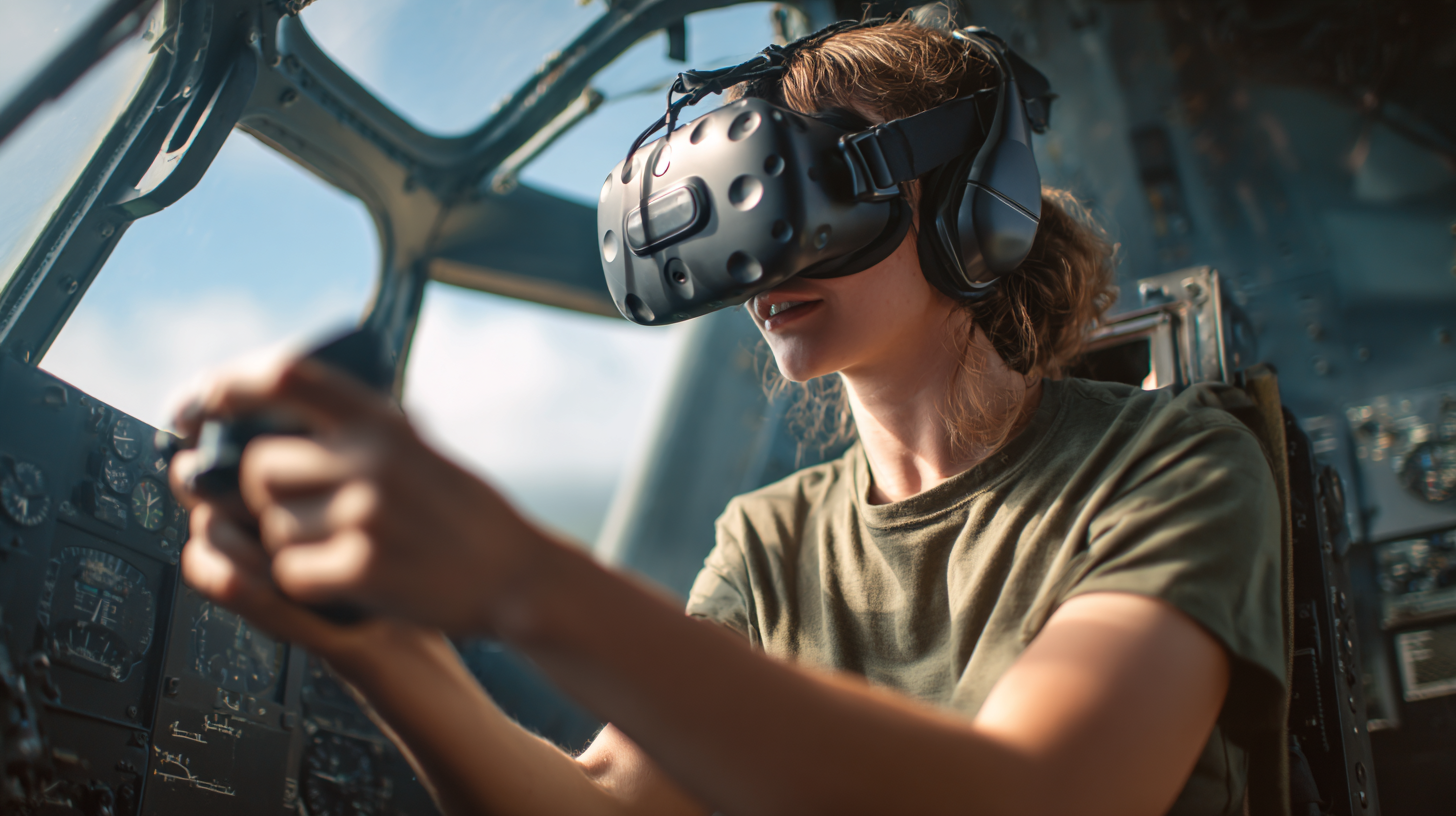
The Evolution of VR Flight Games: A Leap into the Future of Simulation
The evolution of VR flight games marks a significant leap into the future of simulation technology, transforming how enthusiasts and gamers experience the thrill of flying. With advancements in virtual reality, these games now offer immersive environments where players can pilot aircraft with remarkable realism. As graphics improve and haptic feedback becomes more sophisticated, users can truly feel the rush of takeoff, the tension of maneuvering through turbulent skies, and the exhilaration of landing. The realism in VR flight games has made them increasingly popular, drawing in both casual players and aspiring pilots looking for an authentic experience.
At the forefront of this innovative wave is Guangzhou Longcheng Electronic Co., Ltd., known for its pioneering role in VR simulation manufacturing in China. VART VR stands out with its extensive 8000 square meter facility and a dedicated team of over 60 staff members. The company excels in creating comprehensive VR solutions that cater to various sectors, including entertainment and education. By providing one-stop VR or cinema projects, VART VR empowers both industry leaders and enthusiasts to explore the captivating world of flight simulation, delivering unmatched excitement and immersion.
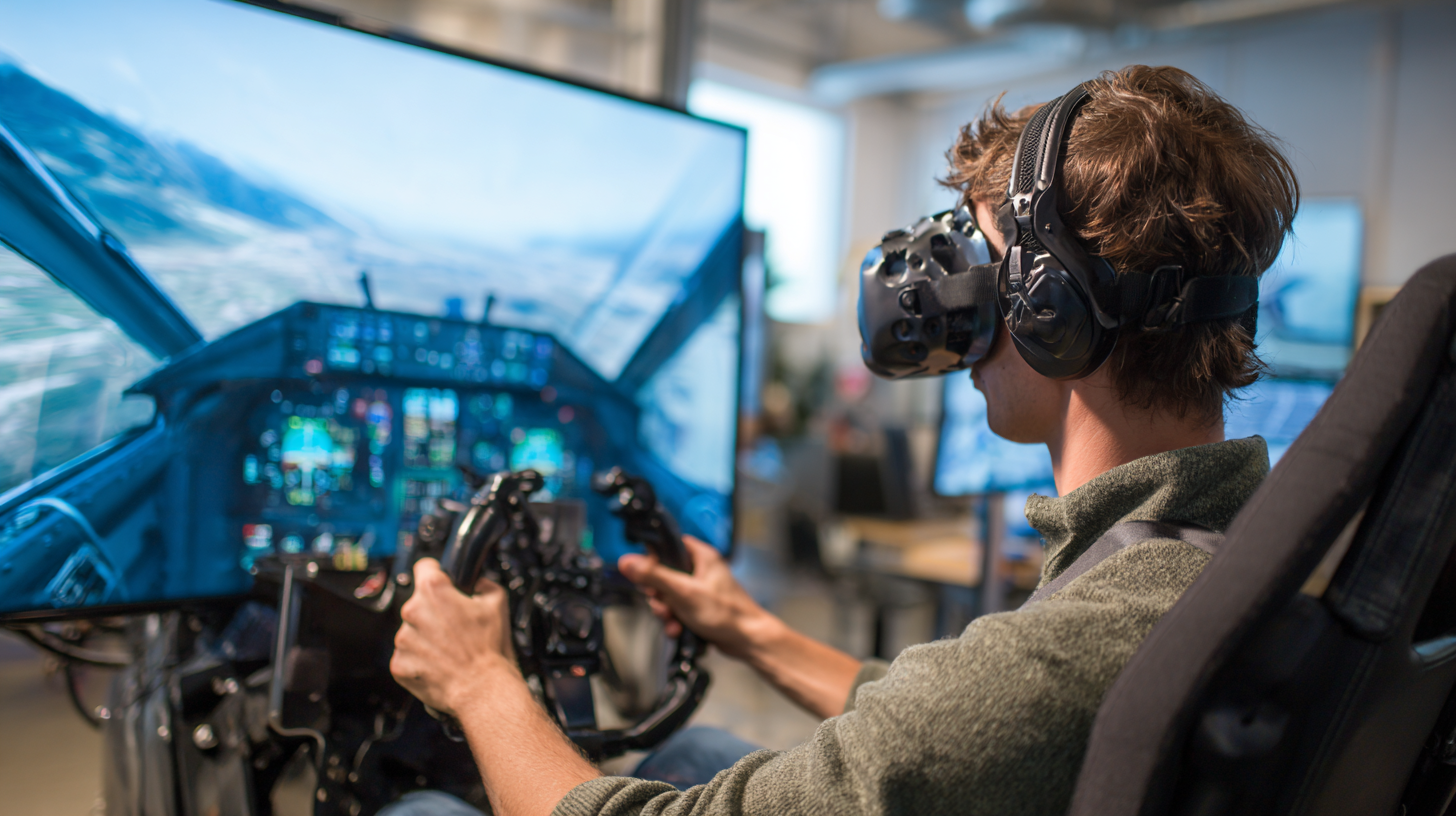
The Science Behind Immersive Simulation: How VR Creates Realistic Flight Experiences
The Science Behind Immersive Simulation: How VR Creates Realistic Flight Experiences
Virtual reality (VR) flight games have revolutionized the way we experience aviation, enabling users to pilot aircraft in a hyper-realistic environment. According to a recent report from the International Data Corporation (IDC), the VR gaming market is projected to reach $21 billion by 2024, underscoring the growing interest in immersive simulations. Key technologies such as motion tracking, high-resolution displays, and 3D audio work in tandem to create a compelling flight experience that mimics real-life dynamics. The use of physics engines allows for authentic simulations of lift, drag, and turbulence, further enhancing realism and player engagement.
To maximize your VR flight gaming experience, consider these tips: First, ensure you have a well-calibrated VR setup. This can significantly reduce motion sickness and improve immersion. Additionally, practice using a flight stick or hotas (hands-on throttle and stick) control setup, which can enhance precision and responsiveness in-flight simulation scenarios. Lastly, engage with community forums and tutorials; the insights from experienced players can offer valuable strategies and tips that improve your skills quicker.
As VR technology evolves, the integration of advanced artificial intelligence algorithms provides adaptive challenges for pilots, ensuring every flight is unique. For instance, AI can modify weather conditions or other environmental variables, replicating the unpredictability of real piloting experiences. This blend of sophisticated technology and immersive storytelling makes VR flight games an exciting frontier for both aviation enthusiasts and gamers alike.
Immersive Simulation in VR Flight Games
Top VR Flight Games to Experience Unmatched Thrills and Adventure
The rise of virtual reality (VR) technology has transformed entertainment, particularly in the realm of flight simulation. According to a report from ResearchAndMarkets, the VR gaming market is expected to reach approximately $45 billion by 2025, with flight simulation games accounting for a significant portion of this growth. Players are now able to step into the cockpit of their favorite aircraft, experiencing the adrenaline of soaring through the skies like never before, thanks to immersive simulations that accurately replicate real-life flying conditions.
VART VR, based in Guangzhou and one of China's leading VR simulator manufacturers, is at the forefront of this evolution. Covering an impressive 8,000 square meters, the company employs over 60 skilled professionals dedicated to creating one-stop VR projects that cater to the growing demand for engaging flight experiences. With advancements in technology, such as improved graphics and realistic physics engines, gamers can now experience unmatched thrills, whether it’s piloting a commercial aircraft or engaging in exhilarating aerial combat scenarios. The immersive nature of these VR flight games not only entertains but also enhances user engagement, making them a popular choice for both casual gamers and flight enthusiasts alike.
Tips for Maximizing Your VR Flight Experience: Gear and Setup Essentials
When diving into the thrilling world of VR flight games, the right gear and setup can significantly enhance your experience. First, invest in a high-quality VR headset with a wide field of view and low latency. The immersion level increases dramatically when you can perceive the virtual environment without lag or distortion. Popular choices include the Oculus Quest 2 and Valve Index, both of which offer remarkable visuals and comfort for extended gaming sessions.
In addition to the headset, don’t overlook the importance of accessories. A sturdy VR flight stick can provide a more authentic flying experience. Look for controllers that are compatible with your chosen flight simulator for better responsiveness. Moreover, creating an unobstructed play area is crucial; ensure that your space is free of obstacles to allow for a full range of motion during those adrenaline-pumping dogfights or serene flights through stunning landscapes.
Finally, ensure your gaming rig is up to the task. A powerful graphics card and sufficient RAM are essential to run VR flight simulations smoothly. Consider optimizing your settings for a balance between graphics quality and performance. By setting yourself up with these essentials, you’ll be ready to soar through the skies with unparalleled excitement.
Combining Strategy and Skill: Mastering Control in VR Flight Simulations
The world of VR flight simulations has transformed the gaming experience, merging strategy and skill to create a thrilling environment for enthusiasts and newcomers alike. According to a report from the International Data Corporation (IDC), the global virtual reality gaming market is projected to reach $12 billion by 2024, driven largely by the demand for immersive experiences. In VR flight games, players are not just passive participants; they must master complex controls and strategic maneuvers, simulating the intensity of real-life flying.
Mastering control in VR flight simulations requires a combination of tactical thinking and precision. Players must understand aerodynamics, navigation, and the intricate mechanics of flight, while also responding to dynamic scenarios that test their reflexes and decision-making skills. A study conducted by the American Psychological Association found that engaging in flight simulations can enhance cognitive flexibility and spatial awareness, suggesting that these games do more than entertain; they can also cultivate valuable skills. As the technology continues to advance, the intersection of strategy and skill in VR flight games will only deepen, offering experiences that are as educational as they are exhilarating.
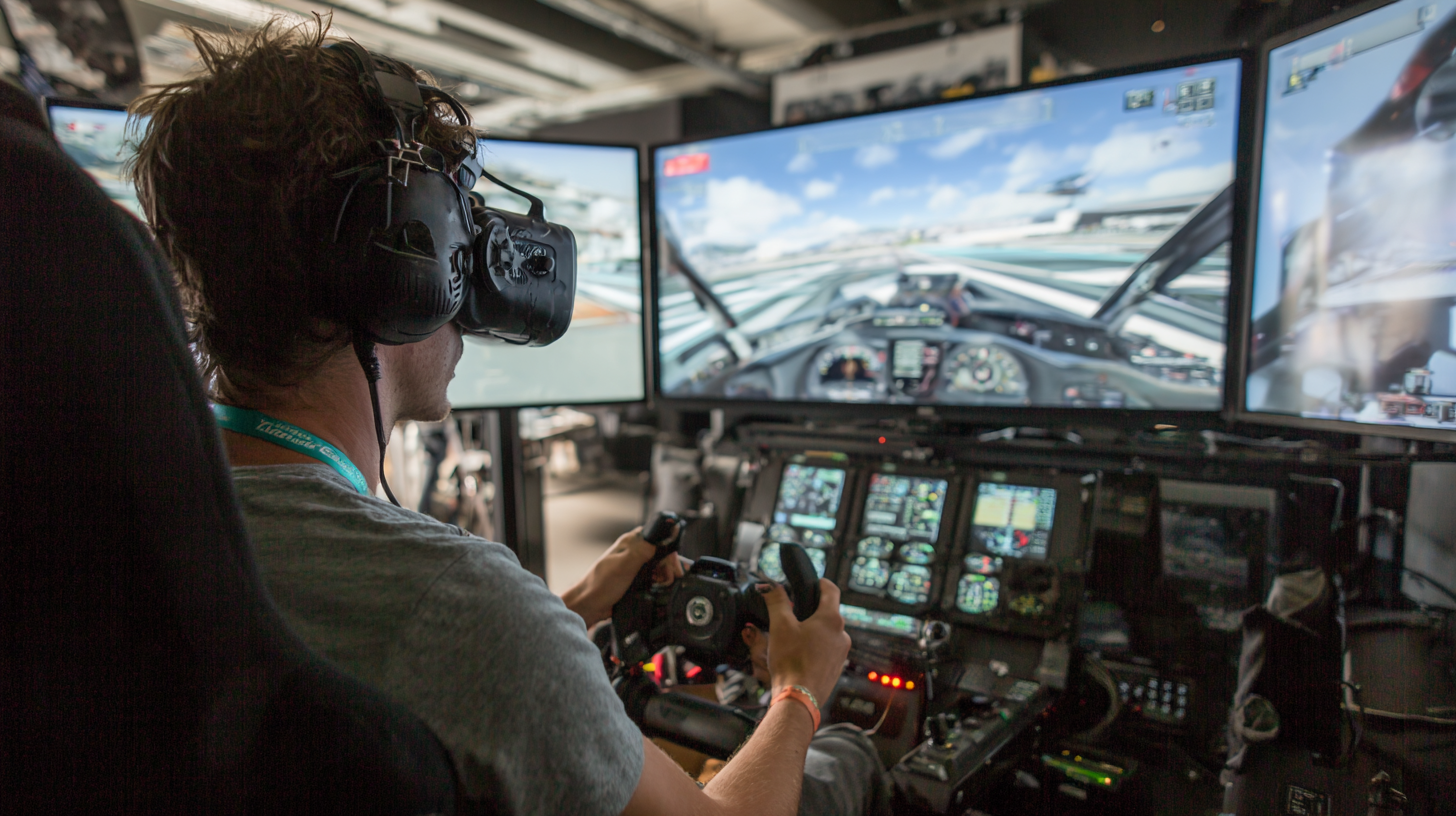
Community and Multiplayer Aspects: Engage with Other Aviation Enthusiasts in VR
In recent years, the rise of virtual reality (VR) flight games has revolutionized the way aviation enthusiasts interact and engage with their passion. VR technology not only provides a level of immersion that traditional gaming cannot match but also fosters a unique community of players who share a collective interest in aviation. According to a recent report by the International Data Corporation (IDC), the global VR gaming market is expected to grow at a compound annual growth rate (CAGR) of 30.5% from 2021 to 2026, underscoring the increasing popularity of immersive gaming experiences.
At Guangzhou Longcheng Electronic Co., Ltd., VART VR, we have been at the forefront of this transformation in China’s VR simulator manufacturing industry. Our expansive facilities—spanning over 8,000 square meters—enable us to develop cutting-edge VR solutions that cater to both individual players and multiplayer environments. Engaging in VR flight simulations not only allows players to hone their skills but also facilitates social interactions. As players compete or collaborate in virtual skies, they build friendships and share knowledge, which enhances their overall experience.
Moreover, the multiplayer aspects of VR flight games have proven to be a significant driver of user satisfaction. According to a study by Newzoo, multiplayer interactions in VR gaming lead to a 45% increase in user retention, emphasizing the importance of community in keeping players engaged. At VART VR, we are dedicated to creating platforms that promote these enriched interactions, ensuring that aviation enthusiasts can connect, compete, and soar together in the virtual realm.
How to Experience Thrills with VR Flight Games Through Immersive Simulation
| Feature | Description | Benefit | Community Aspect |
|---|---|---|---|
| Realistic Flight Physics | Advanced simulation mimicking real-life aerodynamics. | Enhances immersion and learning for aviation enthusiasts. | Join forums to discuss flight techniques and tips. |
| Multiplayer Modes | Capability to fly with friends or join online servers. | Create cooperative missions or engage in friendly competitions. | Participate in online events and meet other players. |
| Customizable Aircraft | Various options to modify and personalize aircraft. | Allows for creative expression and technical experimentation. | Share your customizations in community galleries. |
| Virtual Airports | Immersive environments modeled after real-world airports. | Experience the full airport operations including takeoff and landing. | Join communities that focus on airport management simulations. |
| Training Modules | Professional training scenarios for different aircraft types. | Build skills and knowledge effectively. | Exchange feedback and mentors in aviation training courses. |
FAQS
: The VR gaming market is projected to reach $21 billion by 2024.
Motion tracking enhances the immersion by accurately reflecting the player’s movements in a hyper-realistic flight environment.
Physics engines simulate real-life dynamics such as lift, drag, and turbulence, which enhances the realism and engagement of the flight experience.
Using a flight stick or a hands-on throttle and stick (HOTAS) control setup can enhance precision and responsiveness in flight simulations.
Ensuring a well-calibrated VR setup can significantly reduce motion sickness and improve the overall immersive experience.
AI can create adaptive challenges by modifying weather conditions or environmental variables, making each flight unique and unpredictable.
Players can enhance cognitive flexibility and spatial awareness, as well as understand aerodynamics and navigation.
Mastering control is crucial as players must execute complex maneuvers and respond to dynamic scenarios that replicate the intensity of real-life flying.
Engaging with community forums and tutorials allows players to learn valuable strategies and tips from experienced users, helping to improve their skills more quickly.
As technology advances, the blend of strategy and skill in VR flight games continues to deepen, offering more educational and exhilarating experiences.
Conclusion
In recent years, VR Flight Games have revolutionized the world of simulation, providing players with unprecedented immersive experiences. These games have evolved significantly, leveraging advanced technology to create realistic flight environments that captivate aviation enthusiasts. The science behind immersive simulation lies in how VR engages the senses, making players feel as though they are truly piloting an aircraft.
To get the most out of your VR Flight experience, it's essential to understand the right gear and setup, ensuring a seamless simulation. Mastering controls within these games also combines strategy and skill, enhancing the overall excitement. Additionally, VR Flight Games foster a sense of community, allowing players to connect with fellow aviation lovers globally, sharing tips and experiences. As a leading VR simulator manufacturer in China, Guangzhou Longcheng Electronic Co., Ltd. is at the forefront of this thrilling sector, offering comprehensive VR solutions to elevate your flight experience.
Related Posts
-
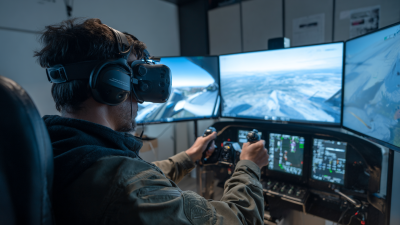
Addressing Common Issues in VR Airplane Simulators: Solutions for Improved Experiences
-

Exploring Real World Applications of the Best VR Play Park in Entertainment and Education Industries
-
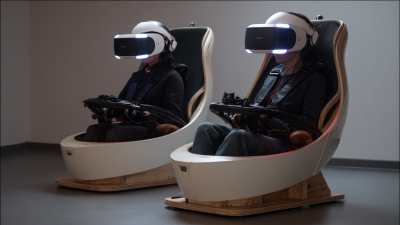
The Future of Immersive Experiences with VR Chairs
-
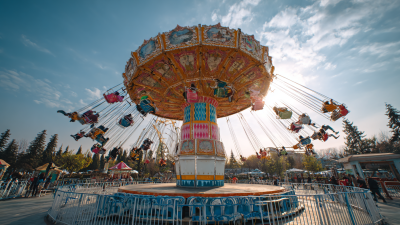
From China to the World: Discovering Unmatched Quality in Amusement Park Rides for Sale
-
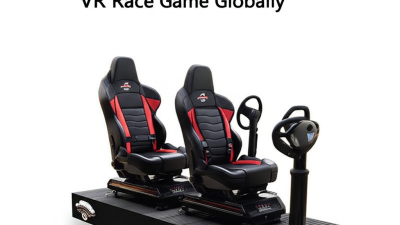
From China's Leading Factory The Trusted Source for the Best VR Race Game Globally
-
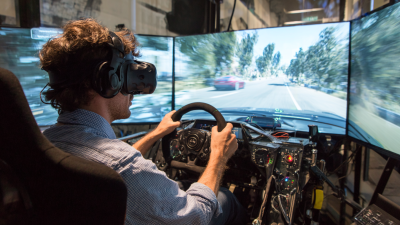
Ultimate Guide to Choosing the Best Vr Driving Simulator for Your Needs

